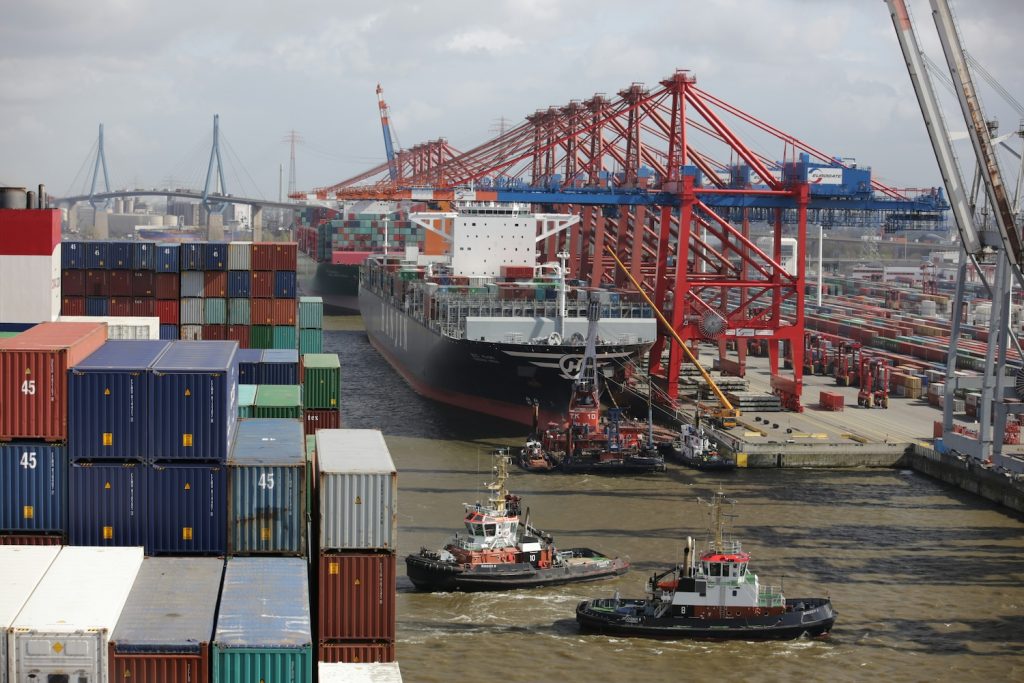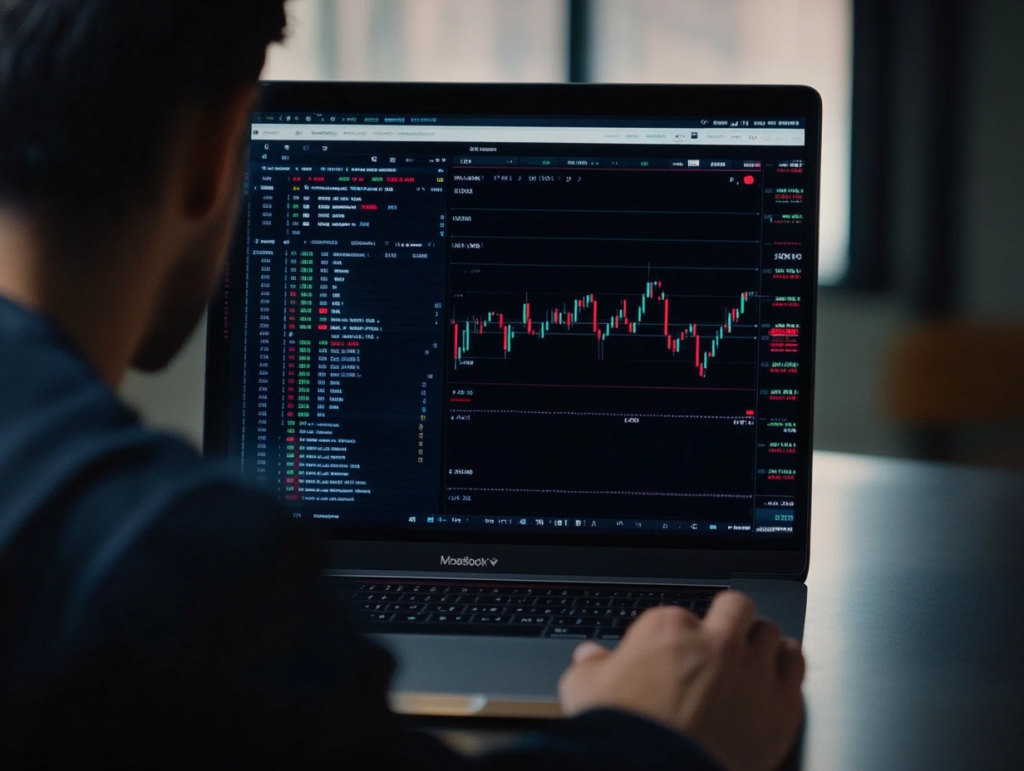Price volatility is an inherent characteristic of commodity markets, influenced by a myriad of factors ranging from geopolitical changes to natural events. For traders, managing price volatility is crucial as it impacts profitability and business stability. In this article, we will explore effective strategies for managing price volatility in commodity trading, providing insights that can help both new and seasoned traders navigate these challenging waters.
Understanding price volatility
Before diving into management strategies, it’s essential to understand what causes price volatility in commodity markets. Several factors can cause sudden or significant changes in commodity prices:
- Supply and demand shifts: Any changes in the production levels or consumption patterns can lead to price fluctuations. For instance, a poor harvest due to weather conditions can decrease supply, causing prices to spike.
- Geopolitical and economic events: Political instability, economic sanctions, or changes in government policies in key commodity-producing countries can affect commodity prices dramatically.
- Market sentiment and speculative trading: Traders’ perceptions and speculative actions based on potential future events can cause prices to fluctuate unpredictably.
- Currency fluctuations: Since commodities are typically priced in U.S. dollars, any fluctuation in the value of the dollar can impact commodity prices internationally.
Understanding these factors is crucial for effectively managing price volatility in your trading strategy.

Effective strategies for managing price volatility
1. Diversification
One fundamental strategy for managing price volatility is diversification. By diversifying your investment across different commodities or other asset classes, you can reduce risk. This strategy helps mitigate the impact of a price drop in any single commodity on your overall portfolio.
2. Hedging
Hedging is a commonly used technique to manage risk associated with price volatility. This involves taking an offsetting position in a related asset. For commodities, this typically means:
- Futures contracts: Traders can lock in prices for future dates, protecting against potential adverse price movements.
- Options on futures: These provide the right, but not the obligation, to buy or sell a commodity at a predetermined price, offering another layer of protection against price volatility.
3. Technical analysis
Utilizing technical analysis can help traders predict future price movements by examining past market data. This includes analyzing price charts, market trends, and volume, which can provide insights into market behavior and help in making informed trading decisions.
4. Fundamental analysis
Complementing technical analysis with fundamental analysis provides a broader view of the market. This involves studying external factors like weather reports, production changes, and political developments that can affect supply and demand dynamics.
5. Using Stop-Loss and Limit Orders
To manage risks effectively, traders should use stop-loss orders to limit potential losses and limit orders to secure profits. These tools are vital for maintaining discipline in trading, allowing traders to exit positions at predetermined price levels automatically.

Advanced techniques and tools
In addition to the basic strategies, leveraging advanced trading tools and techniques can enhance your ability to manage price volatility:
- Algorithmic trading: Uses complex algorithms to make high-speed trading decisions based on specified rules.
- Commodity trading risk management software: Provides tools to monitor and manage the risks associated with commodity trading actively.
Conclusion
Managing price volatility is a critical skill for commodity traders. By understanding the underlying causes of price fluctuations and employing strategies such as diversification, hedging, and both technical and fundamental analysis, traders can protect themselves against the unpredictable nature of commodity markets. Furthermore, embracing advanced technologies and risk management tools can provide additional support, enabling traders to navigate the markets more effectively and confidently.
As the commodity trading landscape continues to evolve, staying informed and adaptable to new strategies and technologies will be key to successfully managing price volatility and achieving long-term success in this dynamic market.

